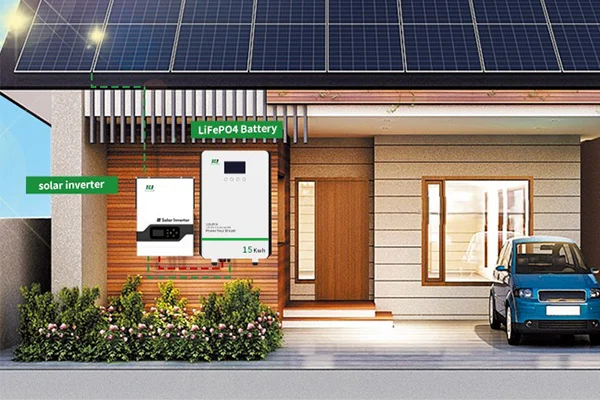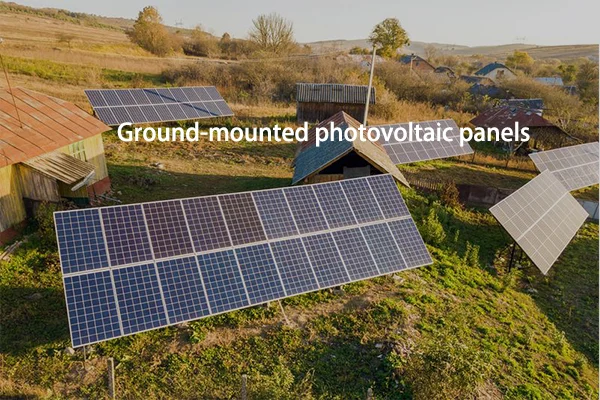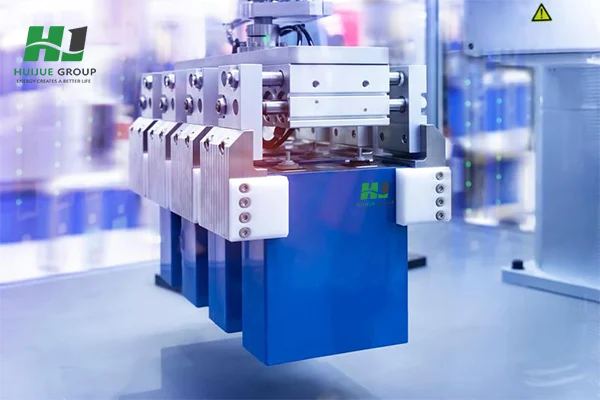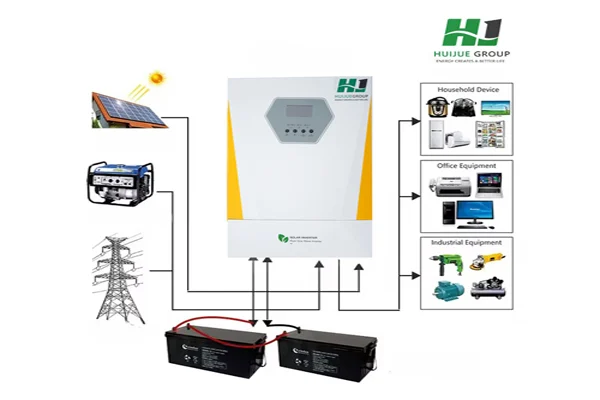When it comes to powering your home with a 5kW inverter, the knowledge of the number of lithium batteries needed is very essential. It is not a selection process where one just picks a battery off the shelf; it involves calculation based on different factors such as system voltage, capacity, and usage patterns.

Understanding the Basics
First, let me define a few terms. A 5kW inverter takes DC from batteries and turns it into AC for household appliances. This conversion is very essential so your devices may work correctly.

Why Lithium Batteries?
You may ask, why lithium vs. lead-acid conventional batteries? Here's a short list of advantages:
- Higher Energy Density: The lithium batteries retain a lot of energy for their size, so they are very practical for home solar systems.
- Longer Lifespan: With proper care, lithium batteries can last many years—typically longer than their lead-acid brethren.
- Faster Charging: They charge more quickly, allowing you to make the most of sunshine-filled days.
Factors to Consider
1. Voltage Requirements
Most 5kW inverters operate at 48V optimally. So, you would have to configure your lithium batteries to this voltage. So, for example, if you used 12V batteries, you would be looking at a minimum of four in series to get to the voltage required.
2. Capacity and C-Rate
Next is capacity, measured in Ampere-hours (Ah) typically. For our calculation, assume you want to run your inverter for 5 hours with an average load. This gives us:
Total Wh needed=5000W×5h=25000Wh
Given a 48V system:
Ah required=48V25000Wh≈520.83Ah
If you went with a 100Ah lithium battery, you would need at least 6 batteries to supply your 5kW inverter for that amount of time (520.83Ah / 100Ah = 5.21, round up to 6).
3. Depth of Discharge (DoD)
Most lithium batteries allow for 80-90% DoD, or more, meaning that you can use most of the stored energy without causing damage to the battery. Assuming 90% DoD in the above calculation, this too should be factored into your total capacity required.
4. Efficiency Loss
Remember that the inverter devices are not 100% efficient, allowing about 10% loss in efficiency, and we have to make an adjustment in the above calculation. We would then come to a requirement, effectively, of approximately 578.5 Ah (520.83 Ah / 0.9), which gives us the need for 6 or 7 batteries for an adequate supply.
Practical Example
Practical Example Now, let's get to a practical example. Suppose you have a small home office running with some essential devices such as computers, printers, and lights. You have estimated that during peak use, the aggregate consumption of these appliances is 3kW. For a period of 5 hours in a power outage, your requirements would be:
3kW×5h=15kWh
Converting this to amp-hours for a 48V system gives us:
Ah needed=48V15000Wh≈312.5Ah
Using a 100Ah lithium battery, you would need approximately 4 batteries, but again, allow for efficiency losses and DoD. Plan, therefore, for about 5 batteries.
Expert Tips
- Plan for Peak Demand: Always calculate based on your maximum expected usage to avoid running out of power.
- Maintenance of Batteries: Lithium batteries are maintenance-free but ensure that they are charged correctly to extend their life cycle.
- Local Climate: If you are living in a place with extreme temperatures, then consider the influence it would have on battery performance.
Questions for Thought
- Have you considered how long you need to run your inverter?
- What appliances are essential during a power outage, and how much energy do they consume?





